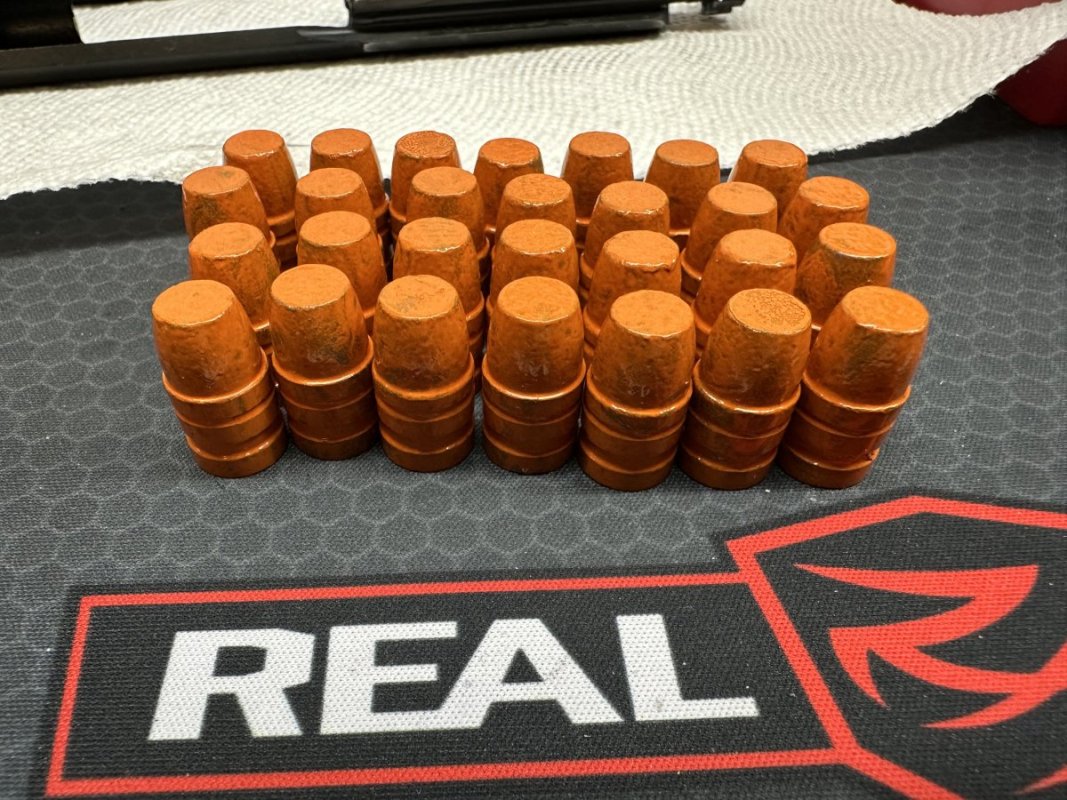I use one on 9mm after having issues with a couple rounds not feeding and jamming up. Fixed that problem quite well, I just want to get an arbor press to start running it with.
After using a ton of range pickups in all the calibers I shoot the only issue I have seen is with 9mm. Never had an issues with 45. That being said the BB kit is cheap and uses a FCD. If you already have the FCD might not be bad to have the kit on hand in case you have a round that fails the plunk test.
Thanks, kfrzht -
I'm going to get that little bulge buster kit and give it a whirl. It's cheap enough since I've got the FCD. If it fixes the few brasses that don't fit flush in the case gauge, then it's worth it.........
Bayou








